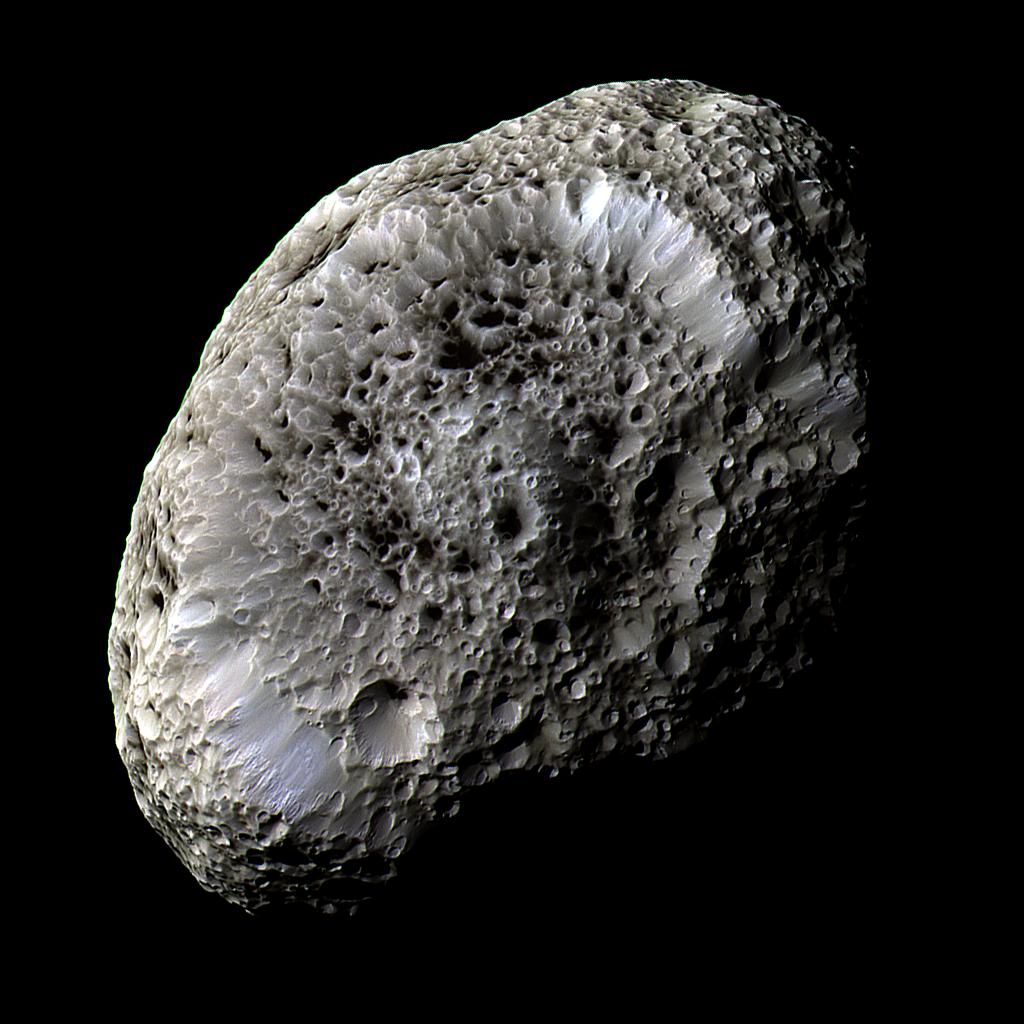Cassini the Spectacular Saturnian Explorer
The Cassini-Huygens, often referred to as just Cassini, is a research mission sent to the planet Saturnlaunched October 15, 1997. Saturn was discovered in the early 1600s and is 1.4 billion km/886 million miles from the sun; quite the road trip, I'd say.
Cassini's ship consisted of two main components:
- The ASI/NASA Cassini orbiter (named for Italian astronomer Giovanni Domenico Cassini, discoverer of Saturn's Rings and four satellites
- ESA-developed Huygens probe (named for Dutch Astronomer, mathematician and physicist Christiaan Huygens, finder of Titan, Saturn's largest moon.)
Cassini Specs & Stats
- Distance travelled: 7.9 billion km/ 4.9 billion miles
- Years in Space: 20 yrs
- Saturn orbits completed: 294
- Targeted flybys: 162
- Images taken: 453,048
- Commands executed: 2.5 million
- Science data collected: 635 GB
- Science papers published: ~4,000
- 6 named moons discovered
- Nations that participated: 27
- Estimated size: a school bus
- Weight: 5,710 kg/12588.4 lbs (most of which were fuel)
- Monetary Worth: 3 billion dollars
Mission Goals
- Discover Saturn's satellites
- explore surfaces
- see the potential of life
Do you believe there's life out there? Give your logic on why there could or couldn't be; I always welcome discussion.
Saturn's Rings
Looking at images of Saturn, you would think its rings are smooth and gaseous, much like their host planet. and that's where you would be wrong.
The rings are actually made up of space debris of all sizes, from a fingernail to a building, from a microbe to a moon, of which one was found in the outer rings in 20004
The signature rings Saturn is known for won't be around forever. These 15.4 quadrillion behemoths are disappearing; Saturn devours its own rings faster than your fat uncle at the Christmas dinner at a rate of 45 tons a second, with rings C and D looking to dip in about 700 thousand years, a long time by our standards but nothing in the cosmic clock. They are disappearing by raining down onto the planet thanks to its gravity.
Satellites
Saturn has 82 confirmed satellites or moons, many of which were studied by Cassini.
Hyperion
Borderland fans should be well-versed with Hyperion, manufacturers of many guns in the franchise, and affiliated with famous villain Handsome Jack. In this case, Hyperion is one of Saturn's many moons. Here are some quick facts about it
- 360 km / 223.694 miles wide
- Made almost entirely of rock and ice
- Extremely porous
- Has a low density (60% rock, ice and metal impurities)
Tethys
- Saturn's fifth largest moon
- Named for the daughter of the roman gods Uranus and Gaea
- 533 km / 331 miles
- The density is 0.97 times that of liquid water, suggesting a composition of water ice with a small amount of rock.
- Has red marks on the surface like they were drawn in with crayons
- Has many cracks on the surface as if being split from inside, but it's unclear by what (comment what you think)
Titan
The most well known and biggest of Saturn's moons as it has its own atmosphere. The Huygens probe was deployed on Christmas day 2004; what a Christmas gift, in my opinion. The Huygens probe entered its atmosphere and landed safely on a hard surface before transmitting data for 72 minutes.
Titan is seen as a potential place for life due to its predominately nitrogen-based atmosphere, much like the one on earth. If humanity was not trying to move past using gasoline, titan would be an excellent source for future technology .thanks to being covered in frozen hydrocarbons similar to gasoline. It also has underground reservoirs of methane and ethane.
Titan is also very cold and has seasons similar to earth's last seven earth years.
Enceladus
Enceladus is another icy moon of Saturn which reflects the most light of all objects in the solar system. It has many geysers that spout liquid water, and its south pole is warm enough to have liquid water. Due to its placement, liquid after is seen as an anomaly and it is still not fully known what causes this. It could be radioactive elements or due to its hos planets gravity. Enceladus has an even greater potential for life than titan due to possessing liquid water, heat and organic molecules, the essential variables that could spawn life.
The Grand Finale
On September 15, 2017, Cassini was set to complete its final flight. It flew between Saturn and its rings 22 times before taking the final plunge into its atmosphere to be burned up. It was destroyed to avoid the risk of training potential life on the moons. at ll:55 UTC, the final signal from Cassini was sent off, 30 seconds later than predicted, where it is estimated another 45 seconds later, it finally burned up.
Cassini got three mission extensions during its time, these being :
- Equinox: 2 yrs 62 days
- Solstice: 6 yrs 205 days
- Finale: 4 months 24 days
While Cassini is gone, its contributions to science are still valuable, with papers being published as recent as 2019 using its data. So much of our knowledge of Saturn is thanks to Cassini, the Spectacular Saturnian Explorer, and its work.






Comments
Post a Comment